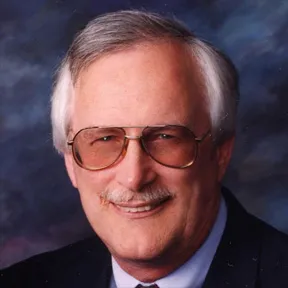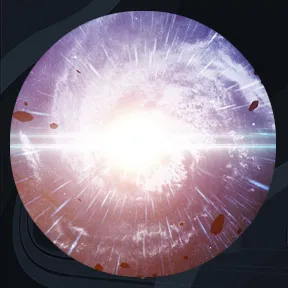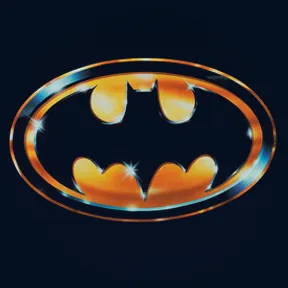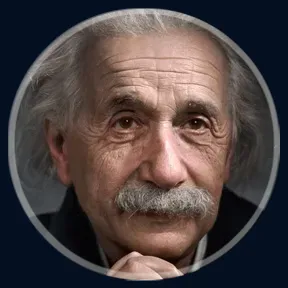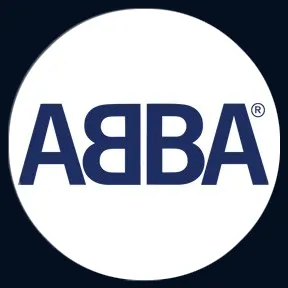How Old Is It | 04 - The Epoch of Reionization
In our previous chapter on the ΛCDM benchmark model, we covered the Big Bang up to the Surface of Last Scattering that created the Cosmic Microwave Background. This was triggered by the Universe’s cooling to the point where electrons could couple to protons to form hydrogen - Recombination.
Before that, space was extremely dense and ionized with the protons and electrons moving separately. Light could not travel far before being absorbed by free electrons. After Recombination, only the light with the wavelengths associated with the energy levels of Hydrogen and Helium were absorbed. It could travel across the Universe. But no new light was being created. The dark ages had begun.
During the dark ages, that lasted between 370,000 to 150 million years after the Big Bang, the universe continued to expand and cool. Stars, black holes, and galaxies began to form. We call the space around and in between galaxies the Inter Galactic Medium or IGM for short. The universe was filled with neutral hydrogen and its temperature and density were decreasing. It was assumed to have stayed that way. But the discovery of the first quasar in the early 1960s, changed that view.
During the dark ages, that lasted between 370,000 to 150 million years after the Big Bang, the universe continued to expand and cool. Stars, black holes, and galaxies began to form. We call the space around and in between galaxies the Inter Galactic Medium or IGM for short. The universe was filled with neutral hydrogen and its temperature and density were decreasing. It was assumed to have stayed that way. But the discovery of the first quasar in the early 1960s, changed that view.

